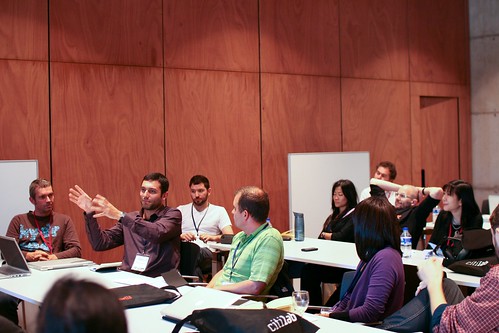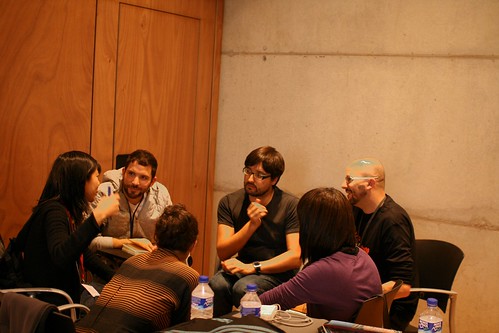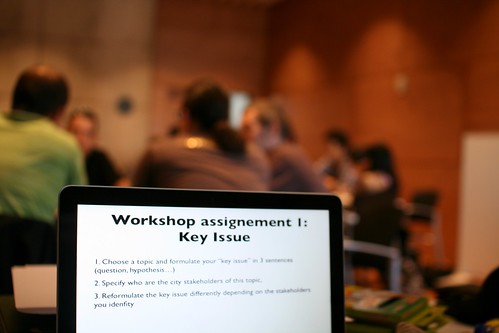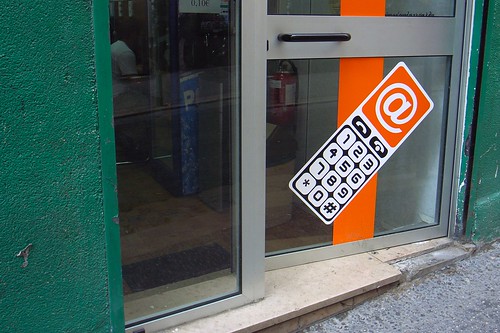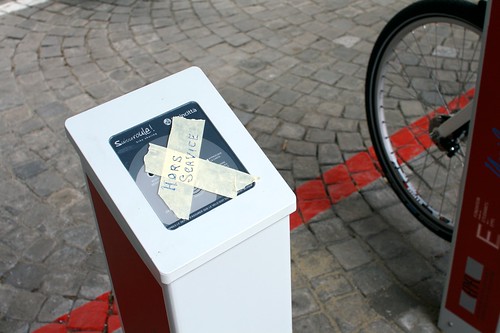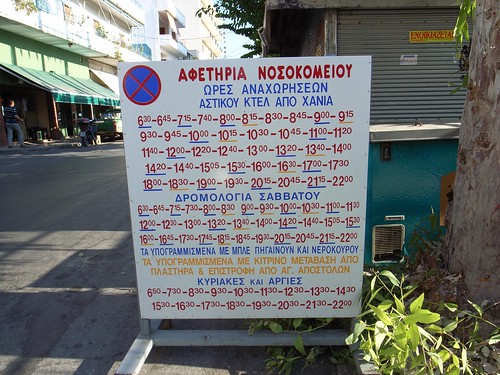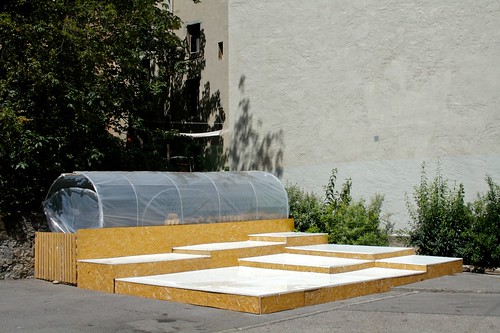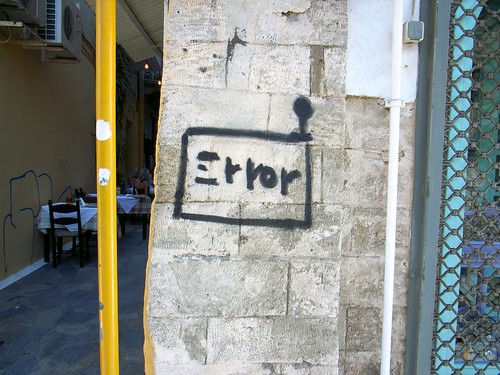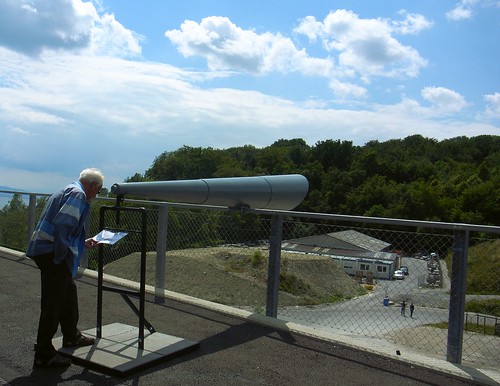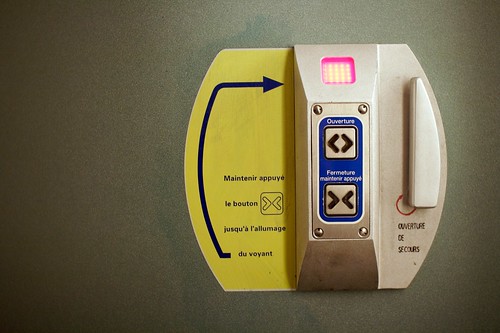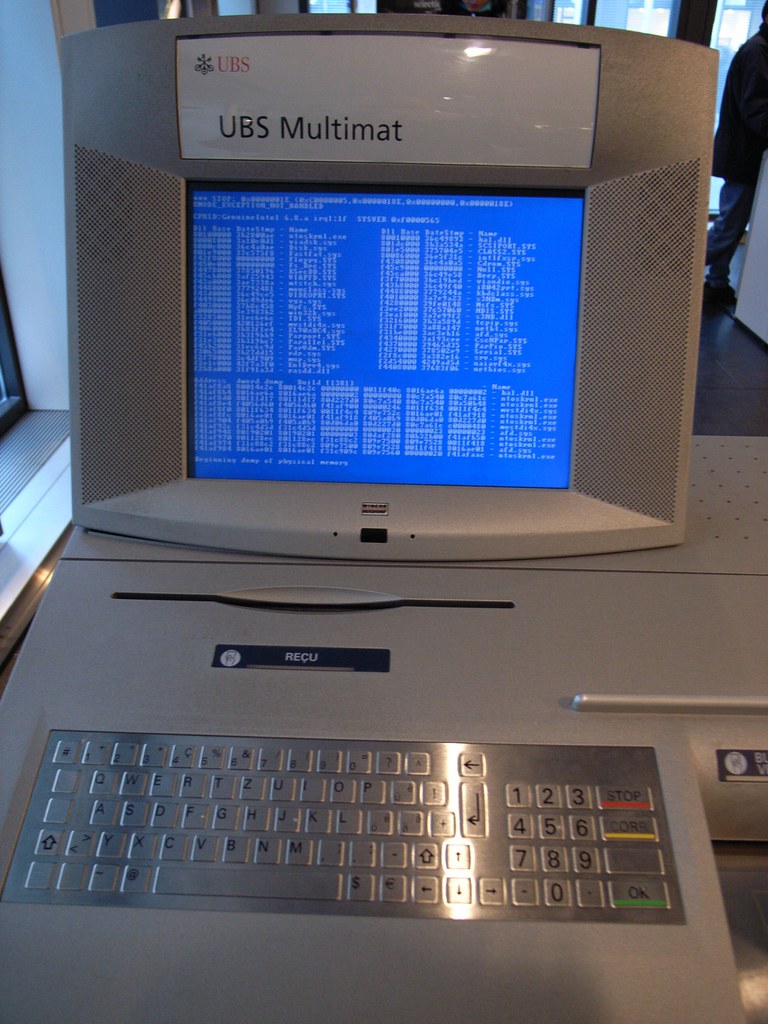 Read in "Mind the Gap: The London Underground Map and Users’ Representations of Urban Space" by Janet Vertesi (Social Studies of Science 38, 2008). Hacker Mullins Prize, American Sociological Association: Science, Knowledge and Technology Section, 2006.):
Read in "Mind the Gap: The London Underground Map and Users’ Representations of Urban Space" by Janet Vertesi (Social Studies of Science 38, 2008). Hacker Mullins Prize, American Sociological Association: Science, Knowledge and Technology Section, 2006.):
"A stable, iconic representation such as the Tube Map may convey a general sense of structure, establish points of interaction, and enable further representations and narratives about the object. It can act as a reference point for practices of navigation and wayfinding, affording judgments of normalcy and degrees of expertise or resistance. It may also, through its mapping of topological connections, be read not only as a subway map but as a useful way of representing the city in general: an object it does not pretend to represent. The Tube Map thus becomes something of a graphical user interface to the city, presenting and concealing opportunities for engagement, and making sense of the city to its users. (...) we are challenged to examine the representation as distinct from a discussion of ontology, topology, utility, or mimetic fidelity – against which the Tube Map would surely fail as an ‘accurate’ representation of London above-ground – to analyze the concrete ways in which representational organization enables narratives of movement and manipulation and, most important, to locate the boundaries and points of interaction for particular communities of users."
Why do I blog this? I simply loved this excerpt when reading the paper, wondering about its implications in map design. Regardless of the media employed (physical versus digital), there are some important decisions to be taken when designing such maps and the paper pinpoints relevant issues regarding this topic.
Besides, the quote "The tube map as a graphical user interface to the city" could also be interesting for class discussion about technical objects acting as metaphors.

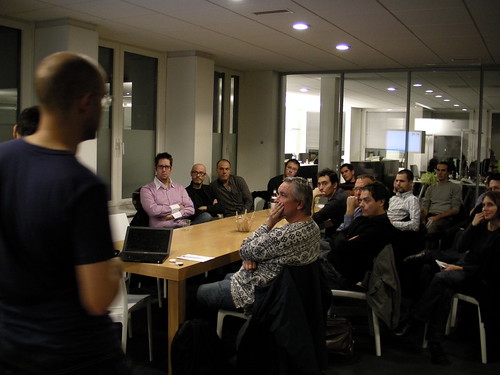
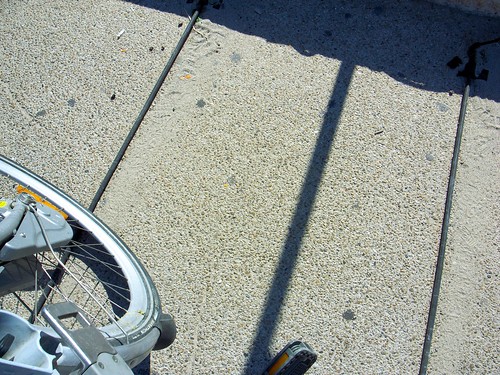
 (Measuring the pedestrian flows in Barcelona using Bluetooth sensors, a project carried out by Fabien for a spanish client)
(Measuring the pedestrian flows in Barcelona using Bluetooth sensors, a project carried out by Fabien for a spanish client)

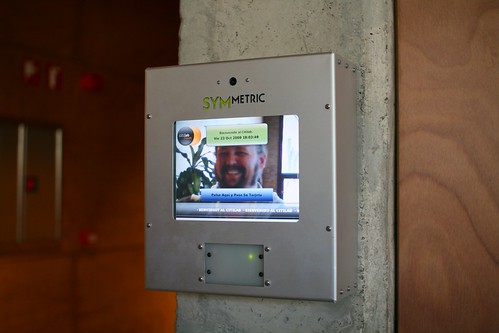


 I've always been curious about the location where people (citizens or visitors) place the center of a city. You can define it as an area but also at specific points.
I've always been curious about the location where people (citizens or visitors) place the center of a city. You can define it as an area but also at specific points.

 New dispatch: "
New dispatch: "